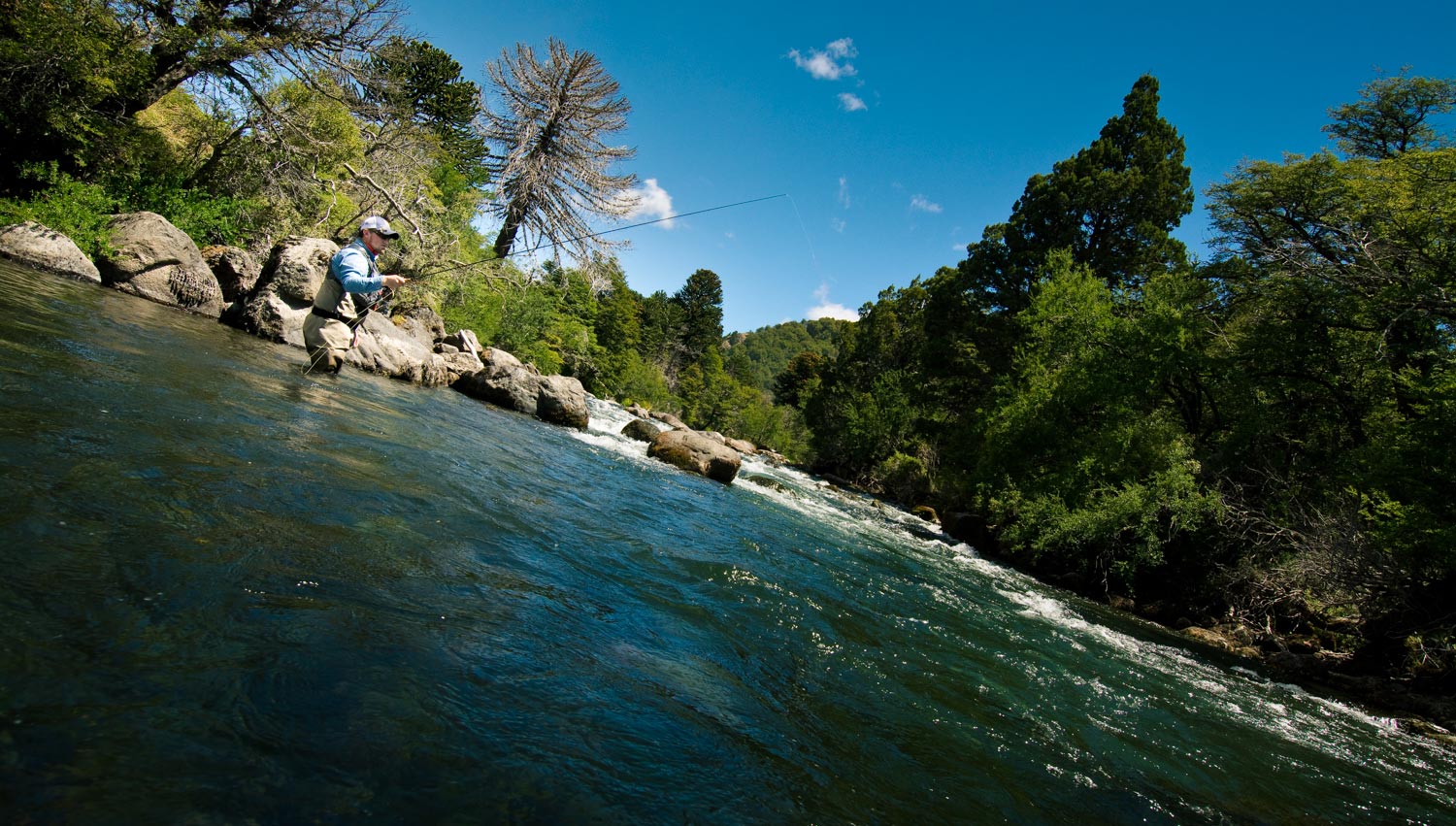By Justin Pickett
A fluffy, white indicator is drifting merrily along the current when suddenly it is yanked from site, only to emerge a second later to continue its voyage downstream before being lifted from the water’s surface.
Surprised, I look back at my buddy. “What was that?”
To which he replies, “What?”
“Why didn’t you set the hook?”
He came back at me with what many anglers often do in this situation, “I thought it was bottom.”
He THOUGHT he had just been momentarily stuck on the bottom of the streambed, so he didn’t feel the need in ruining his drift by setting the hook, when, in reality, he likely just missed out on hooking up with a trout.
Thinking and knowing are two very different things. Unless you can physically see your fly/flies drifting through the column, you certainly can’t assume that your fly is snagged on the bottom each time your indicator bobs under the water. So what should you do?
Set the hook!
Hook sets are free! In this scenario, it’s a good idea to assume that a trout has taken your fly. The worst thing that can happen is that you find out that you were indeed hung on the bottom, you free your fly (or re-tie), and make your next presentation. Setting the hook at even the slightest of movement, bob, or dunk of your indicator is smart and can end in a line dance with a trout.
The next time you’re out on the water fishing with an indicator, or even a dry fly, don’t hesitate to set the hook at the first sight of movement. It could be the ticket to increasing your hookups!
Justin Pickett Gink & Gasoline www.ginkandgasoline.com hookups@ginkandgasoline.com Sign Up For Our Weekly Newsletter!
Sign Up For Our Weekly Newsletter!


This is a good idea. Many times I thought the same thing just so I would not have to re cast.. I work at a marina in Wyoming and I will pass this on.
I literally use those exact words with nearly every client I fish with…. “Hook sets are free. Now if by 10 am you’re not setting the hook on everything I’ll start to charge you for every missed fish. By the time you wonder ‘Is that bottom or fish?’ you’ve already missed him. Don’t think, just stick him.”
I don’t get a chance to fish with dry flies much and I was working a pod of rising fish and hooked and landed 2 nice rainbows out of the group and had just missed one that struck quick. On my next presentation I placed it closer to the bank, which was a feat in and of itself given my abilities, when a whirlpool formed and pulled down the fly. I may not be a great caster but I can read water and this was not an eddy line or boil this was a fish sucking down my fly and all the water around it. I struck quick as I had done on the previous fish and must have pulled it from the fish before he closed his mouth or turned on it. What would have been the proper set here? A pause for a moment? How do you prepare for that when it is rare to get an eat from what I suspect must have been a very large fish and the usual is a small fish with a quick strike?
All too true. I always tell clients to “set on anything” when we’re indicator fishing. You never know-it could be bottom, could be a nice brown trout. May I borrow the quote “Hook Sets are Free”? It’s too perfect.
I learned hard way while on a guided trip on the Blackfoot. It really is free and now practiced every time I’m out fishing!!
I am not the expert that the author is, nor do I measure up to the expertise of most of the commentators. Early in my bass fishing career, I learned “it doesn’t cost any more to set the hook.” But in my fly fishing career– currently about a trip every month, mostly with guides, I have observed that 9 times out of 10, if I think it is the bottom, it is bottom. My guides are always convinced I have missed a good fish. I always feel I have let them down because I did not set the hook. But when I set it & there was nothing there, they never brag on me for setting it…, It costs no more to set the hook…, but if it is the bottom, it is just the bottom.